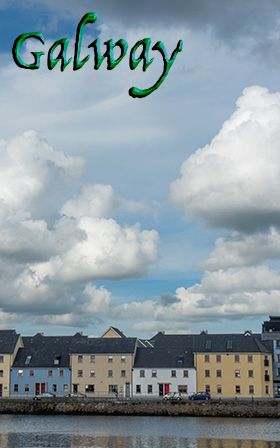

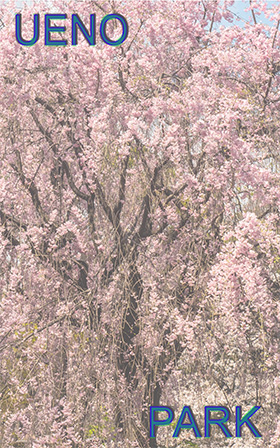
Ueno Park, once temple grounds of the Tokygawa Shogunate, is now one of the five oldest public parks in Japan.
Its grounds contain many temples, museums and shrines.
It is also noted for sakura.
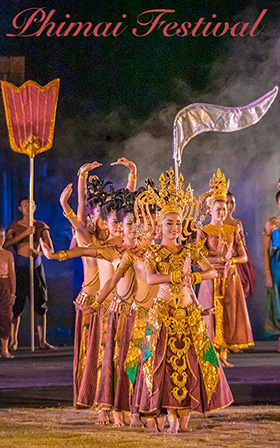
The Phimai Festival is held in the Isaan town of Phimai every November.
There are a number of daytime activities including the provision of local cuisine and dragon boat races.
The highlight of the festival is the laser light, dance and singing performance presented at Brahmathat Court, Prasat Hin Phimai.
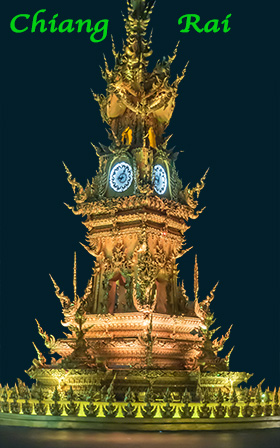
With a population of 200,000 people Chiang Rai is the northern most major city in Thailand.
Within the city of Chiangrai I visited Wat Ming Muang, Wat Phrae Kuew, the Baan Dam Musuem (Black House) and Wat Rong Khun (White Temple).
This was complemented by a visit to the border regions of Mae Sai and Sop Ruak.
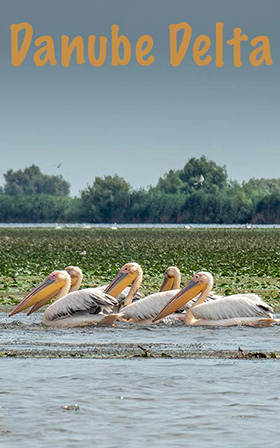
The Danube Delta has an area of 4,160 sq km, of which 3445 sq km is in Romania, the remainder in Ukraine.
Home to more than 160 species of fish and 320 species of birds including the Dalmatian Pelican.
Several boat trips can be taken into the delta from Sulina, a small town near the Black Sea.

Romania's fresco painted monasteries are in the Bucovina area, north-east Romania.
Painted in the period from the late 15th to the late 16th centuries, most were done between 1530-50 during the reign of Petru Rares.
Frescos were used to illustrate local history and bible stories to illiterate soldiers and peasants.
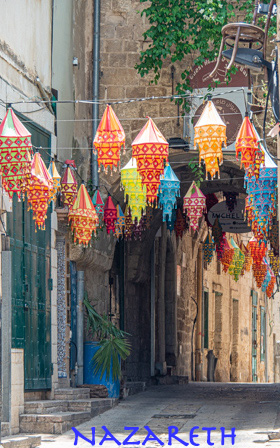
Nazareth, in the southern Galilee region of Israel is where it is believed the Virgin Mary received the Annunciation from Archangel Gabriel.
Two churches have been built, one Catholic, one Greeek Orthodox, on the exact spot where the Annuciation occurred. They agree within six hundred metres.
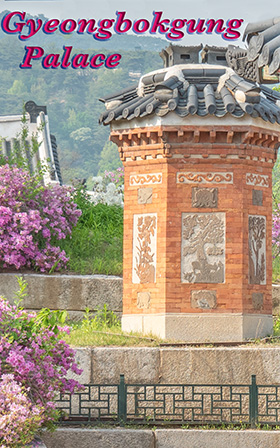
Gyeongbokgung, established in 1392 was the principal palace for the Joseon Dynasty(1392-1910).
Destroyed by the Japanese in 1592 it remained in ruins until restored in 1867.
Again damaged in the Japanese occupation (1910-1945), a project to restore it was launched in 1990.
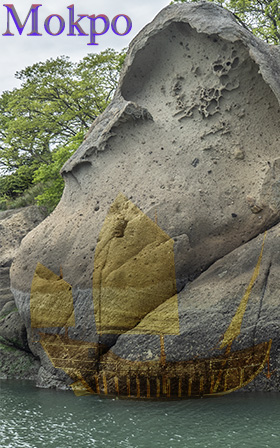
I knew it was famous for sliced octopus. Still living, they are sliced into pieces and immediately served.
Other attractions of Mokpo include the Gatbawi, its excellent National Reseach Institute of Maritime Museum and Yudalsan Mountain.
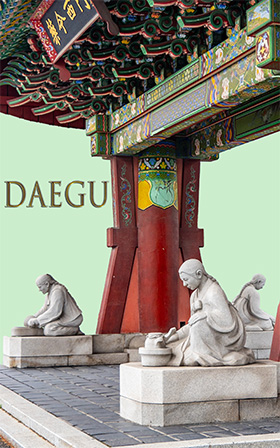
Daegu, a city of 2.2 million people is located in the south-east of south Korea.
During the first day I visted the Daegu Yangnyeongsi Musuem of Oriental Medicine.
On the second day I took the cable car up Mt Palgongsan and then walked down to the Donghwasa temple.
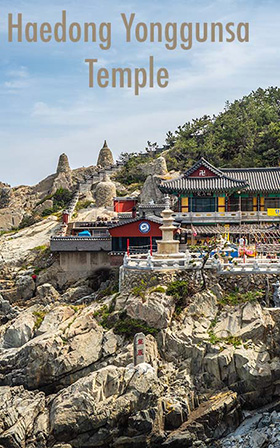
Haedong Yong-gunsa is located by the sea.
Originally built in 1376, during the Goryeo Dynasty (918-1392), it was severely damaged by fire during the Japanese invasions (1592-98) and then neglected for centuries.
Restoration commenced in the 1930s. It was given its current name, Haedong Yong-gungsa, in 1974.
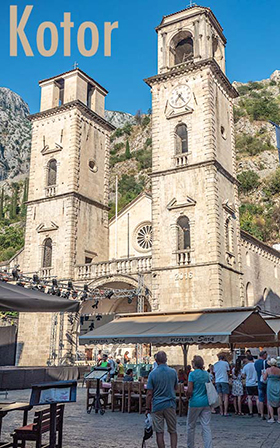
Kotor located in Kotor Bay, Montenegro, has a population of 16000 people.
Main area of visitor interest, the old town, is surrounded by a 5 kilometre, 20 metre high and 10 metre wide wall which snakes up St John's Hill.
Within its confines are many Venetian buildings and Orthodox churches.
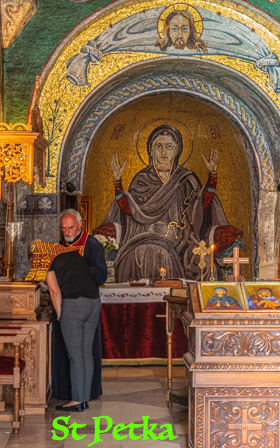
The Chapel of Saint Petka, near a well of holy water, was named after an 11th century asetic female Serbian saint.
The interior moasics were installed from 1980 to 1983.
Small bottles of holy water can be purchased from within the church. The bias relief on the bottles make a nice souvenir.
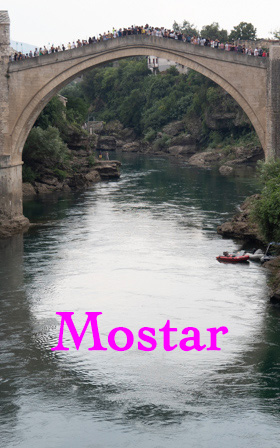
Mostar in Bosnia & Herze- govina is known for Ottoman architecture and its arched bridge.
The arched bridge, over the Neretva River, was destroyed during the Bosnian war and rebuilt again. It is from this bridge young men dive to show their courage.
Tourists can also dive after appropriate training.
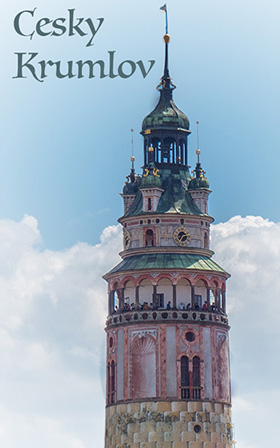
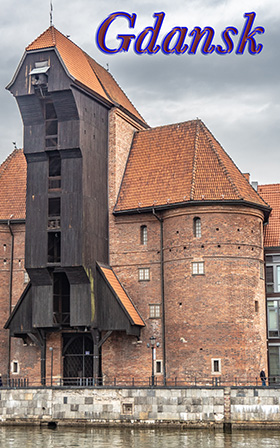
Gdansk, near the mouth of the Vistula River, is Poland's main port with an old town of architectual and historical interest.
Bounded by the Green Gate, and the Golden Gate, Dlugi Targ, once the main city market, is now the most popular part of the historical old town.
Amethyst is an important industry in Gdansk.
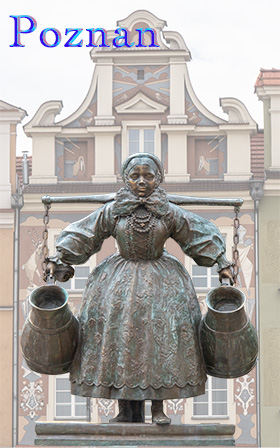
Poznań is a city of a little over half a milion on the Warta River in west Poland.
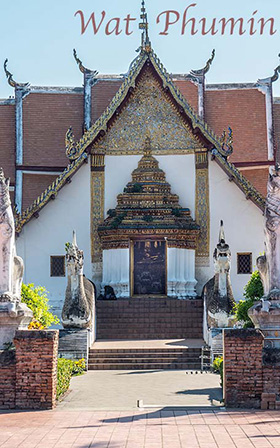
Wat Phumin in Nan, Thailand, is of unsual design. It has four doors facing in cardinal directions.
Entering though any door will present you to a seated Buddha in the Earth Witness position.
Mural decorated walls depict life in 19th century Nan.
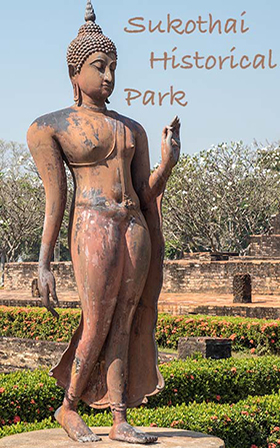
Sukothai Historical Park is the ruins of the first Thai capital. Sukothai, capital from 1238 to 1378.
Originally a provincial town in the Khmer Empire it gained its independence in 1238.
The kingdom remained small until its expansion under King Ramkham -haeng(1279-1298).
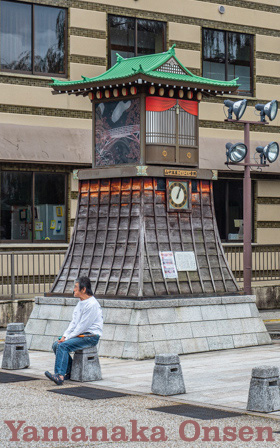
Clock tower, in the town of Kaga, near the Kiku no Yu Public Bath. Bath is fed by the hot spring waters of the Yamanaka Onsen.
Though the hot spring was said to have been discovered more than 1300 years ago, the Yamanaka Onsen's public bath is named Kiku no Yu, after a haiku by Japanese poet Matsuo Basho(1644-1694).
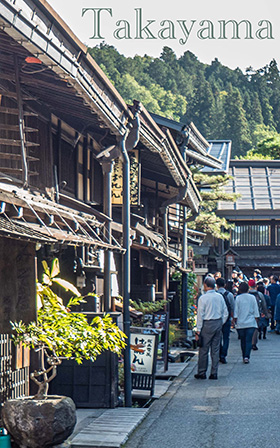
Takayama is noted its for preserved Edo Period buildings, many in the vicinity of Sannomachi Street.
During the Edo Period (1600-1868) Takayama gained a reputation as a source of high quality timber and skilled carpenters, hence it came under the direct control of the Tokagawa shogunate.
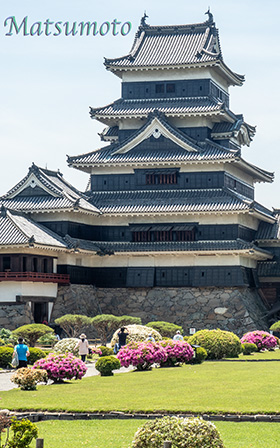
Matsumoto is a city of 239,000 people located in Nagano Prefecture, Japan. A gateway to the Japanese Alps it does have attractions in its own right.
When I came, like most foreign tourists, it was to visit Matsumoto Castle. Originally built in the late 16th century it is the oldest castle in Japan that has never been rebuilt.
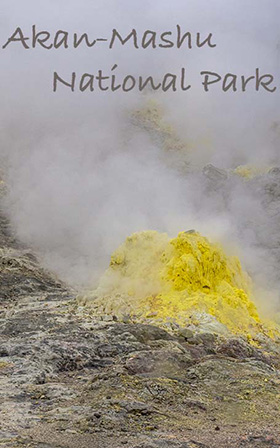
Lakes Masho and Kusshiro, caldera lakes in eastern Hokkaido can be visited on a day train trip from Abashiro or Kushiro.
At Awayu-onsen Station a two day bus pass can be purchased for 1500 yen.
The bus operates on a hop-on hop-off system travelling a circuit from the caldera of Lake Mashu to Bihiro Pass, overlooking Lake Kusshiro.
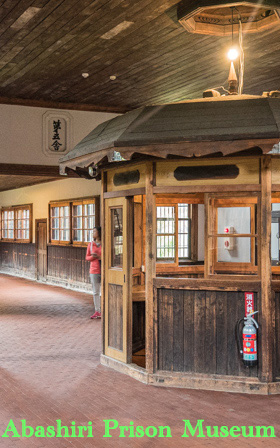
Abashiri Prison Museum in Abashiri, Hokkaido, is an open air museum based on the old Abashiri Prison.
Opening its doors in 1985 the museum has over a dozen buildings attempting to describe inmate life.
It can be reached by a bus from Abashiri.
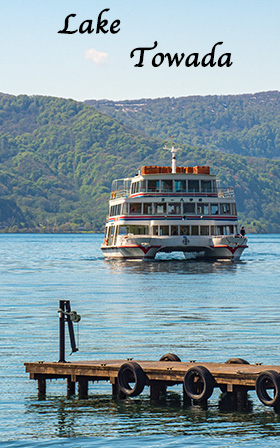
Lake Towada, with a periphery of 46 kilometres and a depth of 71 metres, is a caldera lake in northern Honshu.
An active volcano, it last erupted in 915 CE. Today the caldera is forested and populated with small towns and shrines.
Along the Oisase River is a wilderness trail.
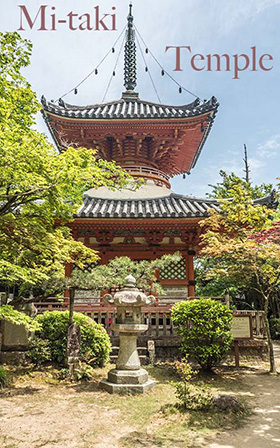
Mi-taki is a Shingon temple in the forested hills near Hiroshima, Japan.
At the entrance to the temple grounds you will be greeted by red-capped jizos.
Just inside the ground is a two storied pagoda called Tahōtō. It was moved to Hiroshima, in 1951, to console souls of victims who died in the atomic bombing.
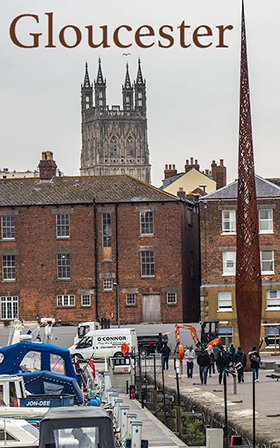
Gloucester, on the Severn River near the Welsh border was once a major port.
Gloucester Cathedral was commenced in 1082. It has many large stained glass windows and tombs, including the highly ornate tomb of King Edward II.
Another area of interest is the dock with its partially restored canals and Victorian warehouses.
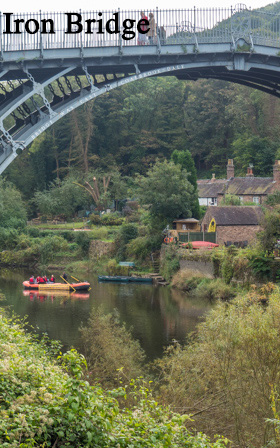
Ironbridge is named after the world's first major ironbridge opening in 1781.
This now quiet wooded gorge on the Severn River was one of the ignition points of the Industrial Revolution.
Nearby is Victoria Town, an open air museum recreating a Shropshire town in the late Victorian period.
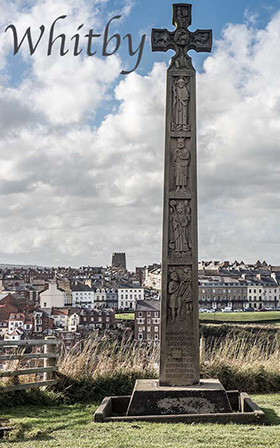
Whitby is is a fishing port located on the north-east coast of England.
Over looking Whitby is the ruined Whitby Abbey. Its atmosphere provided the inspiration for Bram Stoker's Dracula.
Another item of interest was Caedmon’s Cross, erected in 1898 to commenorate the 7th century poet, Caedmon.
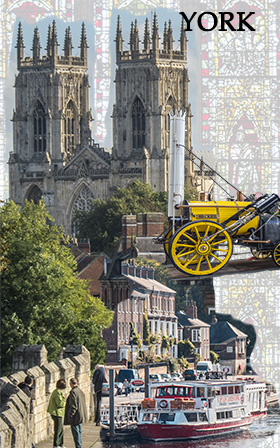
York located on the confluence of the Ouse and Foss rivers in Yorkshire was founded by the Romans in 71AD who named it Eboracum.
The city experienced decline in the post-Roman era until the arrival of the Anglos in the 5th century.
The main focus of my visit was the York Minister and the Railway Museum.
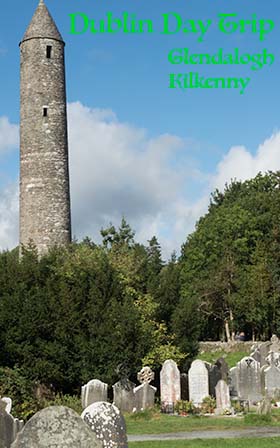
A day trip from Dublin to Glendalough and Kilkenny.
Glendalough a monastic city, establish in the 6th century, flourished until 1215. In 1398 it was destroyed by the English.
During my brief stay in Kilkenny, I visited Kilkenny Castle, St Canice Cathedral and St Marys Cathedral.
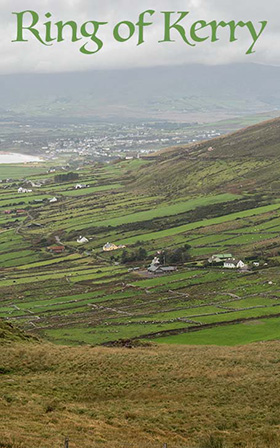
The 180 kilometer long Ring of Kerry, in the southwest of Ireland, circling the Iveragh Peninsula, is a convenient length for a day trip.
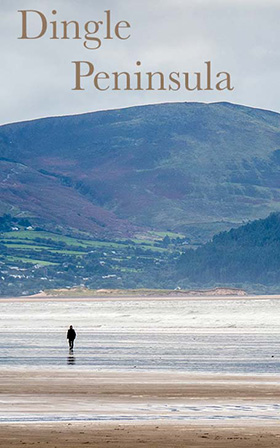
The Dingle Peninsula and the Ring of Kerry can be visited on day trips originating in Kilarney, County Kerry.
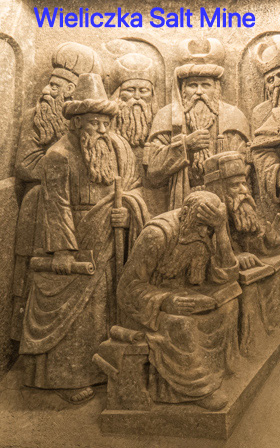
Wieliczka Salt Mine, near Kracow, Poland, has many miner carved statues and friezes.
Deposited 15 million years ago, the salt is grey with granite texture. The mine has its own micro-climate, a constant temperature between 14-16C.
Commencing in the 13th century mining continued until 1996.
There are three routes, the tourist, (2 kilometres long) the miners and the pilgrims.
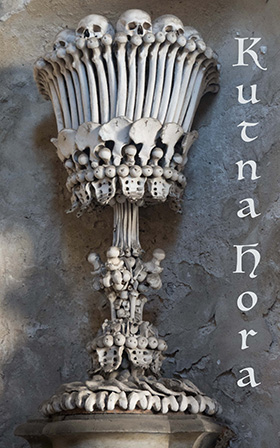
Kutna Hora is home to Sedlac Ossuary (Bone Church), and the Church of St Barbara.
When the cemetery of Selac Church contaning Golgotha soil was reduced in the 15th century excess bones were moved to the ossuary.
The Church of St Barbara named after the patron saint of mining took over 400 years to complete.
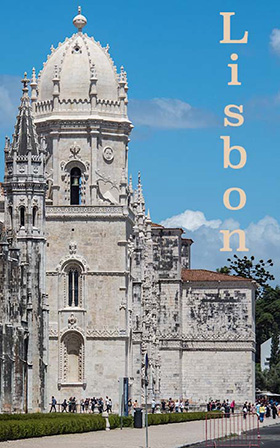
Lisbon, capital of Portugal, is a city influenced by many cultures over the centuries
It was from here that Vasco de Gama left on the sea voyage establishing a sea-link between Portugal and India.
The beautiful Jeronimos Monastery was built to commemorate his return from India.
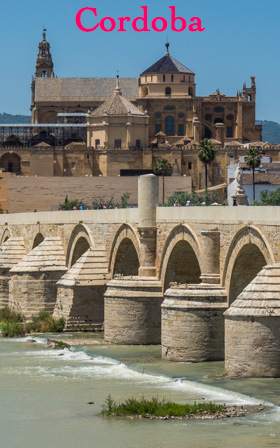
Cordoba, site of an UNESCO heritage area which includes the Mezquita, Roman Bridge, Gate and the Alcarzar de los Reyes.
High speed trains make it a practical day trip from Seville.
I came to see the Mezquita, originally a Mosque built over two hundred years from 784CE.
After the Christian re-conquest in 1236 the central area was converted into a church. The current Rennaisance church dates from the 16th century.
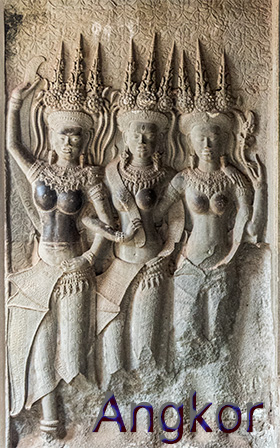
Angkor was capital of the Khmer Empire from 801 to 1432. During that period many temples, Hindu and Buddhist were built.
This posting is a summary of two trips I have taken to Angkor visiting Angkor Wat, Angkor Thom, Jayavarmans VII's monastic temples and others.
The figures in the image are apsaras.
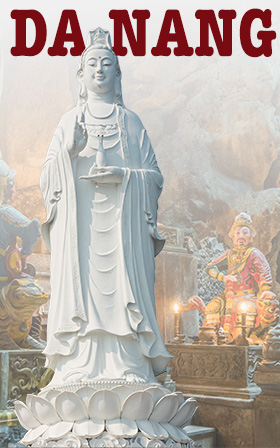
Danang often used as a base to explore Hue and Hoi An does have attractions.
These include: its beach; river based night life; Bai But Linh Ung Pagoda on the Son Tra Peninsula.
Near is the Marble Mountains, a karst region with several Buddhist temples.
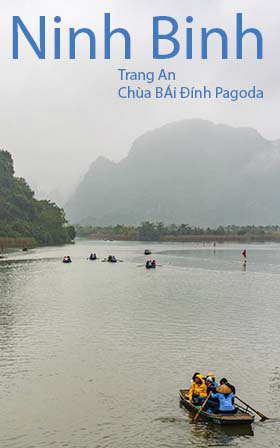
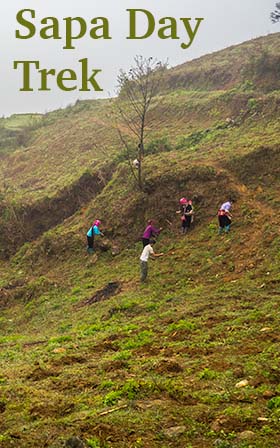
Near Sapa, Vietnam, are a number of hilltribes. Hmong are the most numerous. Other tribes include the Red Dao and Tay.
Several treks into the surrounding countryside to interact with the hilltribes are available.
Some are over several days allow trekkers stay in hilltribe villages.
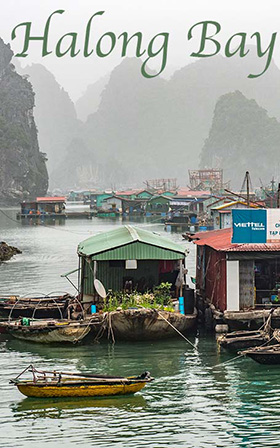
On the three day Halong Bay trip from Hanoi it is the second day which is the most active. Much of the first and third days are spend travelling from and to Hanoi and checking in and out.
During the second day caves were visited followed by a trek to the Cat Ba Island lookout above the karst and then Monkey Island.
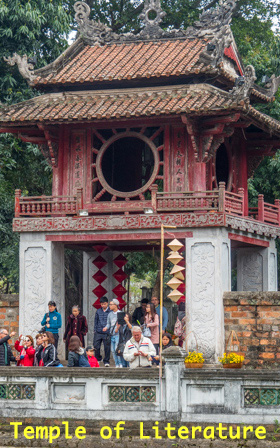
"A Temple of Literature!?" What to expect?. A library; a massive book store; an archive of ancient books; I didn’t find any of these.
Originally constructed in 1070, to honour Confucius, it became Vietnam's first university in 1076.
The complex is still used for graduation ceremonies.
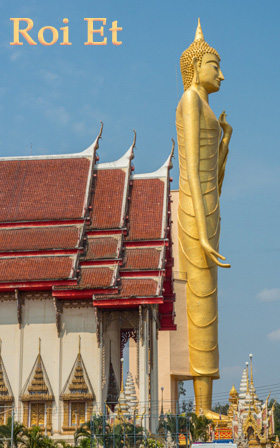
Roi Et is a small city in the Isaan region of Thailand.
A pleasant city, it boosts Thailand's largest standing Buddha.
Also of interest was the Roi Et National Museum with exhibits about Isaan life and artifacts from the Dvaravati and Lopburi periods.
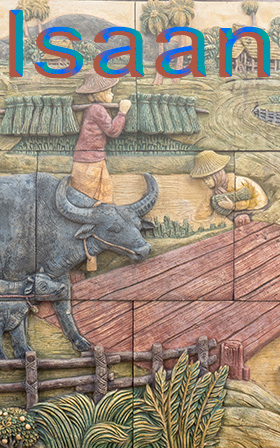
A countryside of flat paddy fields, scubby vegetation, the Issan's attractions are not immediately obvious.
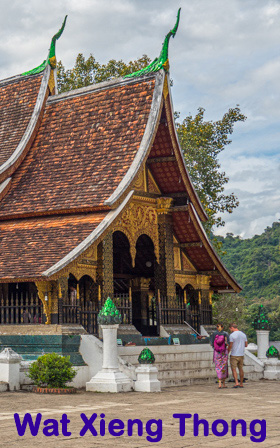
Built, between 1559-1560, Wat Xieng Thong, is the oldest Wat in Luang Prabang.
The Sim is extensively gold stenciled on both red and black backgrounds. At its back is a moasic depicting the tree of life.
In the Chapel of the Reclining Buddha is a bronze reclining Buddha which was crafted in 1569.
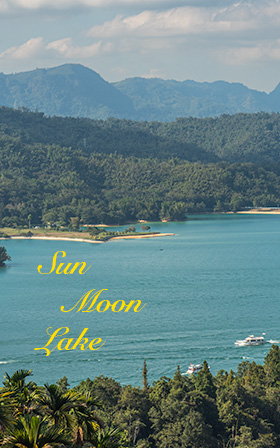
Located in a mountainous region near the center of the island, Sun Moon Lake, is Taiwan's largest lake.
Several towns and temples are on its shores. These include Yuchi town and the Wenwu Temple temple.
Also of interest is the Formosa Aboriginal Cultural Village.
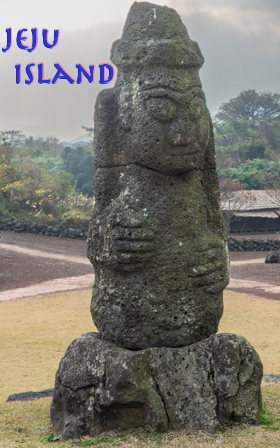
Jeju Island lies south of the Korean peninsula. It is a volcanic island whose main cone is Halla Mountain.
Jeju Stone Park was set up to celebrate Jeju's stone culture.
The Jeju 4:3 Peace Park is as a memorial to those who were injured or lost their lives during an uprising which broke out on March 3rd 1948 on the island.
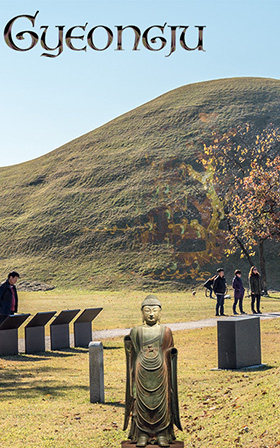
Gyeongju, noted for its hundreds of burial mounds, was the capital of the Silla dynasty (54BC-935AD).
Many artifacts such as thin gold crowns have been unearthed and are displayed in the Gyeongju National Musuem.
On Gyeongju's periphery is the Silla Science Museum and the Bulguksa Temple.
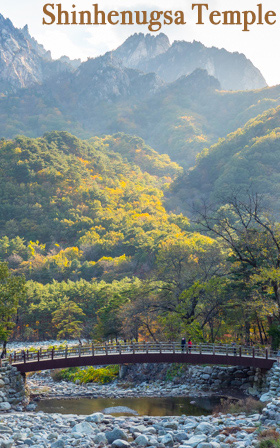
Seoraksan National Park is a mountanous reserve 163.2 sq kms in area with many peaks over 1200 metres.
The park is popular for hiking, particularly in Autumn, and skiing in winter.
In the park is the Tongil Daebul and the Shin- henugsa Temple. A Jogye Order temple it is the world's oldest Zen temple.
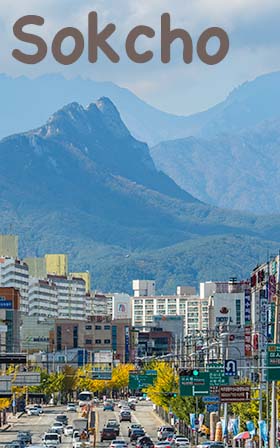
Sokcho-si in Gangwon province on the north east coast of South Korea is a base for visiting the Seoraksan National Park.
Sokcho a fishing town has many sea food restaurants.
It has many museums. I visited the Seokbong Ceramic Museum, which houses or did house the world's largest ceramic plate.
